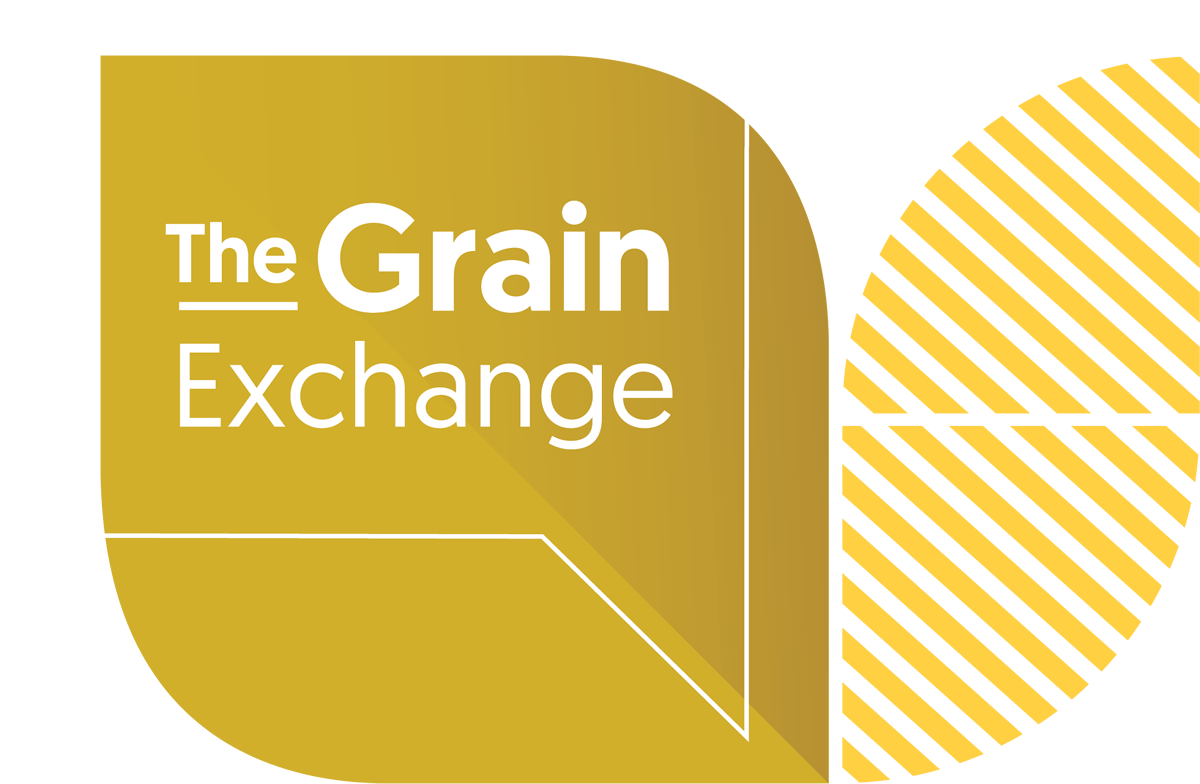2021 spring wheat fertilizer use survey results
The first of three years of data collection
It is often said that to understand where we are going, it is important to know where we stand. Since 2014, Fertilizer Canada has conducted annual Fertilizer Use Surveys. The goal of the surveys is to understand how farmers use fertilizer and make fertilizer decisions. Over the years, crops including winter wheat, corn, soybeans and canola have been part of the surveys.
In 2021, the Alberta Wheat Commission (AWC) provided funding to include spring wheat in the western Canadian survey. With an increased federal focus on fertilizer use, AWC saw value in understanding how spring wheat farmers use fertilizer. Funding has been provided to continue the survey into 2022 and AWC has plans to fund a third survey year in 2023.
The Fertilizer Use Survey covers many topics including fertilizer timing, source, placement, and rates. The survey also includes the use of enhanced efficiency fertilizers, nitrogen stabilizers, how fertilizer application decisions are made, tillage practices, biostimulant use, seeding practices, general demographics and farmer familiarity with 4R Nutrient Stewardship.
Survey responses were collected from November 1, 2021, to December 27, 2021. Five hundred and fourty-four respondents were included, accounting for just over 663,000 acres of spring wheat crop in Western Canada. One hundred and seventy-five respondents were from Alberta, while 248 and 121 were from Saskatchewan and Manitoba, respectively. The number of respondents in each province was determined based on representative spring wheat acres grown in each province.
For the sake of simplicity, any time ‘farmers’ are referenced in this article, it specifically means spring wheat farmers. Additionally, when ‘acres’ are mentioned, this refers to spring wheat acres. The data in this article does not include any other crop types.
Applying fertilizer as close to the timing when plants will use that fertilizer can increase the efficiency of the fertilizer used and decrease the potential for environmental loss. In Alberta, 92.6 per cent of farmers (98.0 per cent of Alberta wheat acres) apply nitrogen fertilizer at seeding time. Over all of Western Canada, that number is 84.4 per cent of farmers. Conversely, 18.2 per cent of western Canadian farmers apply nitrogen in the fall. For Alberta, only 10.9 per cent of farmers apply nitrogen in the fall.
Of all the nitrogen applied in Western Canada, a large percentage of acres are mid-row banded (42.9 per cent) or side banded (30.9 per cent) in the spring at seeding. Only 1.1 per cent of acres receive nitrogen in the spring at seeding as a broadcast with no-incorporation. Only 6.3 per cent of acres receive nitrogen in the spring before seeding. Of those acres, 2.7 per cent are banded and 2.2 percent are broadcast followed by incorporation. For acres receiving nitrogen in the fall, 11.8 per cent are banded while 1.8 per cent are broadcast with incorporation. Finally, 2.5 per cent of fall applied acres receive a broadcast of nitrogen without incorporation. Making the most of fertilizer means applying appropriate fertilizer rates depending on field yield targets and soil test results.
Survey results indicate that 62.9 per cent of farmers in Western Canada use the same blend for every spring wheat field they seed. Only 22.4 per cent of farmers tailor fertilizer blends to field-specific needs. 14.7 per cent of farmers use variable-rate on some or all fields.
The trend compared to 2016 survey data indicates that more farmers are varying fertility by field and adopting variable rate technology. Farmers that are more familiar with the 4R Nutrient Stewardship program are more likely to vary nitrogen by field or within fields. Interestingly, Manitoba had the largest percentage of farmers who vary fertilizer rates on a field-by- field basis at 33.1 per cent. Alberta and Saskatchewan trail at 21.0 per cent and 18.2 per cent of farmers, respectively.
After the responses were compiled the total number of western Canadian spring wheat acres that met a basic level of 4R Nutrient Stewardship management criteria was 61.4 per cent.
Some more advanced 4R practices are less adopted. In-crop nitrogen application is only seen on 1.2 per cent of acres. Only 7.9 per cent of acres receive a nitrogen stabilizer. Additionally, only 6.3 per cent of the total nitrogen volume applied in Western Canada is ESN or SuperU.
The picture of nitrogen fertilizer use in Western Canada painted by this survey tells us a few things. First, a large percentage of Alberta acreage see agronomically sound fertilizer use practices. A small percentage of acres see sub-optimal practices. Secondly, some technologies or practices such as in-crop nitrogen, enhanced efficiency fertilizers, variable rate, and field-specific fertilizer blends are less common. Many factors may be causing these trends including economics, logistics, or practice familiarity. However, this information helps commissions and researchers better understand levels of adoption so an increased focus can be placed on understanding adoption barriers or where further research and outreach is needed.
If you have further questions about the survey results, please contact agronomy research extension specialist Jeremy Boychyn at jboychyn@albertawheatbarley.com.

